Top 5 Converted Container Designs Transforming Modern Living in 2025
In the realm of innovative architecture and sustainable living, "converted container" designs have emerged as a transformative solution for modern living. As urban spaces become increasingly constrained, repurposed shipping containers are finding new life as stylish and functional homes, offices, and community spaces. Expert architect and visionary in the field of modular design, Dr. Emily Hart, emphasizes the significance of this trend, stating, "Converted containers not only provide a sustainable alternative to traditional building, but they also challenge our perceptions of space and functionality."

As we look ahead to 2025, the top five designs spotlighted in this discussion showcase the versatility and creativity inherent in converted container structures. They reflect a shift towards more eco-friendly living solutions while catering to the evolving needs of urban inhabitants. From compact living solutions to expansive communal hubs, these designs illustrate how converted containers can make a profound impact on our built environment, fusing affordability with high aesthetic value.
The appeal of converted container architecture lies not just in its practicality but also in its ability to inspire new ways of understanding and interacting with our surroundings. With pioneering designs paving the way, the future of modern living is undoubtedly set to be redefined by the ingenuity of converted container solutions.
Innovative Space Utilization: How Container Homes Redefine Minimalist Living
In 2025, container homes have emerged as a revolutionary solution for modern living, showcasing the art of innovative space utilization. These structures, crafted from repurposed shipping containers, embody the principles of minimalist living by maximizing functionality in compact areas. Unlike traditional homes that often come with excessive space and waste, container designs focus on smart layouts that encourage efficiency and organization. Each square foot is utilized purposefully, ensuring that every inch serves a distinct purpose without compromising comfort or style.

Furthermore, the adaptability of container designs makes them appealing for various lifestyles. Whether it’s a home office, a cozy family retreat, or an urban apartment, these modular structures can be customized to fit any need. Large windows and open floor plans create an inviting atmosphere while promoting natural light and ventilation. This approach not only enhances the living experience but also fosters a deeper connection with the surrounding environment. As a result, container homes are not just a trend; they represent a sustainable and conscious way of living that aligns with the aspirations of contemporary society.
Sustainable Living Solutions: Eco-Friendly Features in Converted Container Designs
In recent years, converted container designs have emerged as a pioneering solution for sustainable living, especially as we move into 2025. These innovative structures redefine the way we think about space and resources, merging modern aesthetics with eco-friendly practices. By repurposing shipping containers, architects and designers not only reduce waste but also minimize the carbon footprint associated with traditional building methods. The use of reclaimed materials, energy-efficient appliances, and natural insulation techniques highlights a commitment to sustainability that is becoming essential in contemporary living.
One of the most striking features of these container homes is their adaptability. They can be modified to embrace renewable energy sources, like solar panels and rainwater harvesting systems, which significantly lower utility costs and promote self-sufficiency. Additionally, many designs include green roofs and vertical gardens, enhancing biodiversity while improving air quality. These eco-friendly attributes not only cater to a growing demographic seeking conscious living options but also set a benchmark for the construction industry to prioritize sustainable practices. As urbanization continues to rise, converted container designs showcase remarkable potential in creating environmentally responsible and aesthetically pleasing living spaces.
Versatile Aesthetics: Customization Options for Modern Container Homes
The trend of converting shipping containers into modern living spaces continues to gain momentum in 2025, highlighting the versatility and aesthetic appeal of these structures. According to a report by the Container Housing Institute, the global market for container homes is projected to reach $73 billion by 2027, driven by an increasing interest in sustainable living and customizable design options. These innovative homes not only provide a unique aesthetic but also offer practical benefits such as reduced construction waste and lower energy costs, appealing to environmentally-conscious consumers.
One of the key advantages of container homes is the extensive customization options available. From modular layouts to eco-friendly finishes, homeowners can tailor their space to reflect personal style while maximizing functionality. Reports indicate that nearly 60% of homeowners favor custom features such as integrated smart home technology and energy-efficient systems. This demand for personalization has led many designers to create extensive catalogs of interior and exterior finishes, enabling buyers to transform a simple container into a stunning living space that meets their unique needs.
Tips: When considering a container home, think about your main priorities—whether it’s maximizing space, enhancing sustainability, or incorporating smart technology. Collaborating with a designer who specializes in container conversions can also help you navigate the multitude of available options for achieving your dream aesthetic. Additionally, remember to check local regulations regarding container homes, as zoning laws can vary widely and could affect your project.
Smart Technology Integration: Enhancing Comfort and Efficiency in Container Living
In 2025, the concept of container living is being revolutionized through the integration of smart technology, enhancing both comfort and efficiency. These transformed spaces are not just aesthetically pleasing but are equipped with features that maximize functionality, such as temperature regulation and energy management systems. Homeowners are increasingly opting for innovations that not only reduce their ecological footprint but also lower energy costs, contributing to a more sustainable lifestyle. For instance, energy-efficient appliances and intelligent climate control systems ensure a comfortable home environment while minimizing expenses.
Moreover, the advancements in smart home technology are poised to redefine daily living experiences. With automation, residents can remotely control various home functions, from lighting to security, ultimately enhancing their safety and convenience. As trends indicate a significant shift towards intelligent living spaces, these container homes are designed to cater to modern needs, combining luxury with practicality. The integration of AI and smart building technologies is making home management simpler and more efficient, paving the way for a future where living spaces are not just homes but comprehensive ecosystems that support a balanced and fulfilling lifestyle.
Top 5 Converted Container Designs Transforming Modern Living in 2025
Community Impact: The Rise of Container Neighborhoods in Urban Settings
In 2025, container neighborhoods are emerging as a transformative solution for urban living, addressing both housing shortages and community engagement. These innovative designs not only repurpose shipping containers into stylish homes but also create spaces that foster community interaction. As seen in various urban centers, the rise of these container communities is leading to increased collaboration among residents, creating vibrant neighborhoods where shared resources and communal spaces become the norm.
Tips for creating a container community include prioritizing shared spaces like gardens and recreational areas, which can enhance neighborly relations and promote sustainability. Additionally, involving local businesses in these neighborhoods can boost the local economy, similar to initiatives seen in other regions dedicated to supporting their communities.
Creating a container neighborhood also allows for eco-friendly practices, such as using recycled materials and sustainable energy solutions. These efforts not only contribute to a cleaner environment but also empower residents to take an active role in their community, echoing the collective resilience seen in emerging neighborhood models.
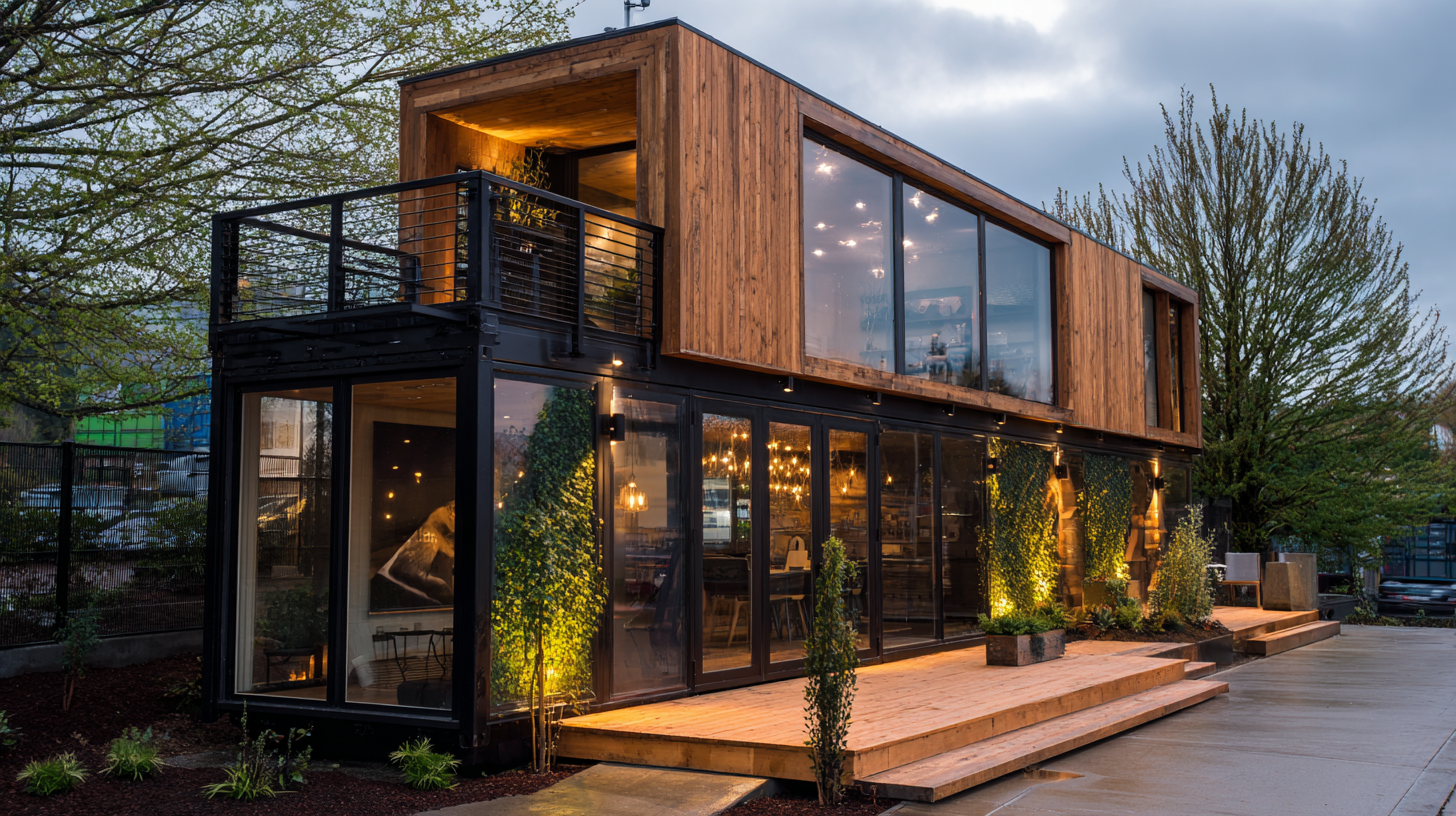
Related Posts
-
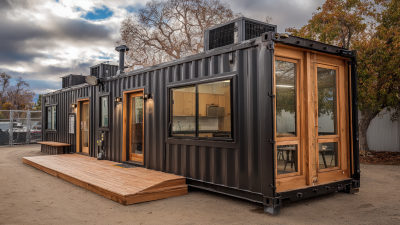
Transform Your Space: How Custom Built Shipping Containers Revolutionize Sustainable Living Solutions
-
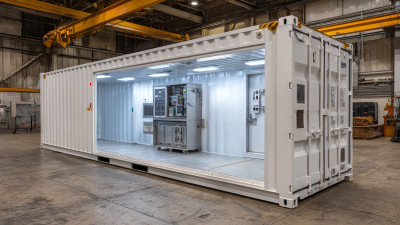
Unlocking the Potential: Innovative Uses for Specialty Shipping Containers in Modern Industries
-

Exploring the Versatility of Custom Cargo Containers: Innovative Uses for Modern Transport Needs
-
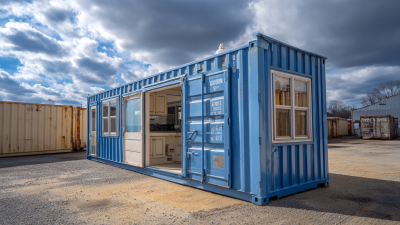
10 Best Custom Built Shipping Containers for Efficient Storage Solutions in 2023
-

Revolutionizing Modern Architecture: The Rise of Cargo Container Construction in Sustainable Living
-
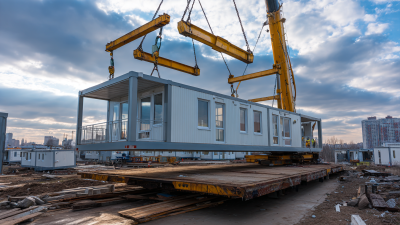
Top 5 Innovative Advantages of Modular Construction in the Building Industry

